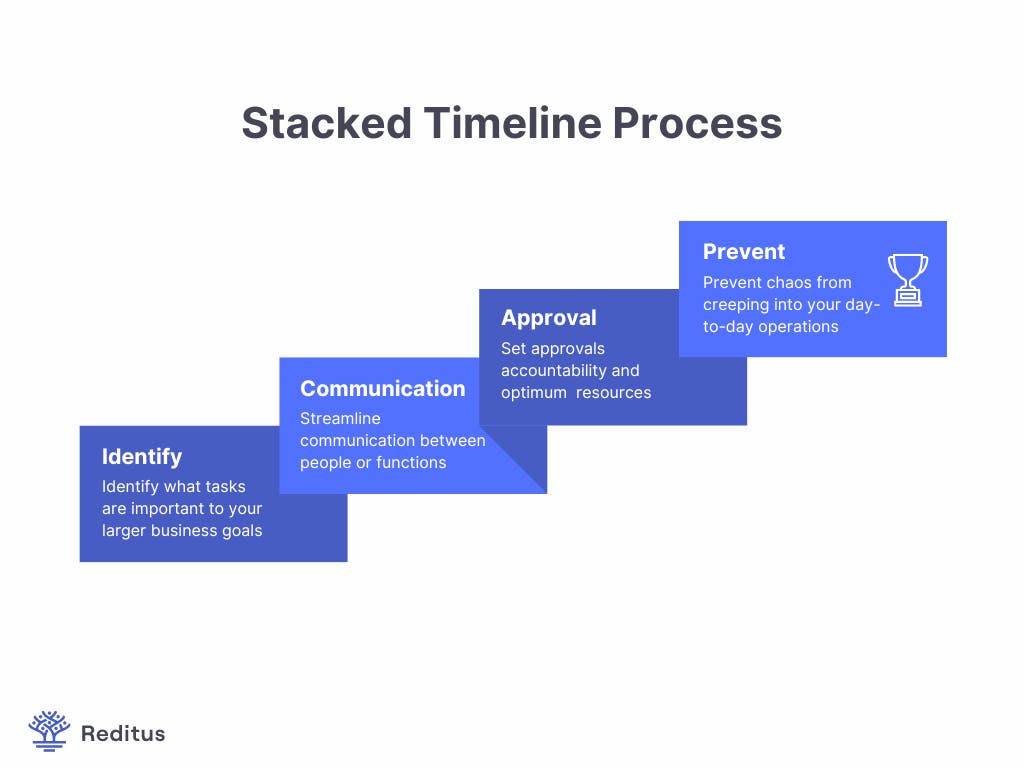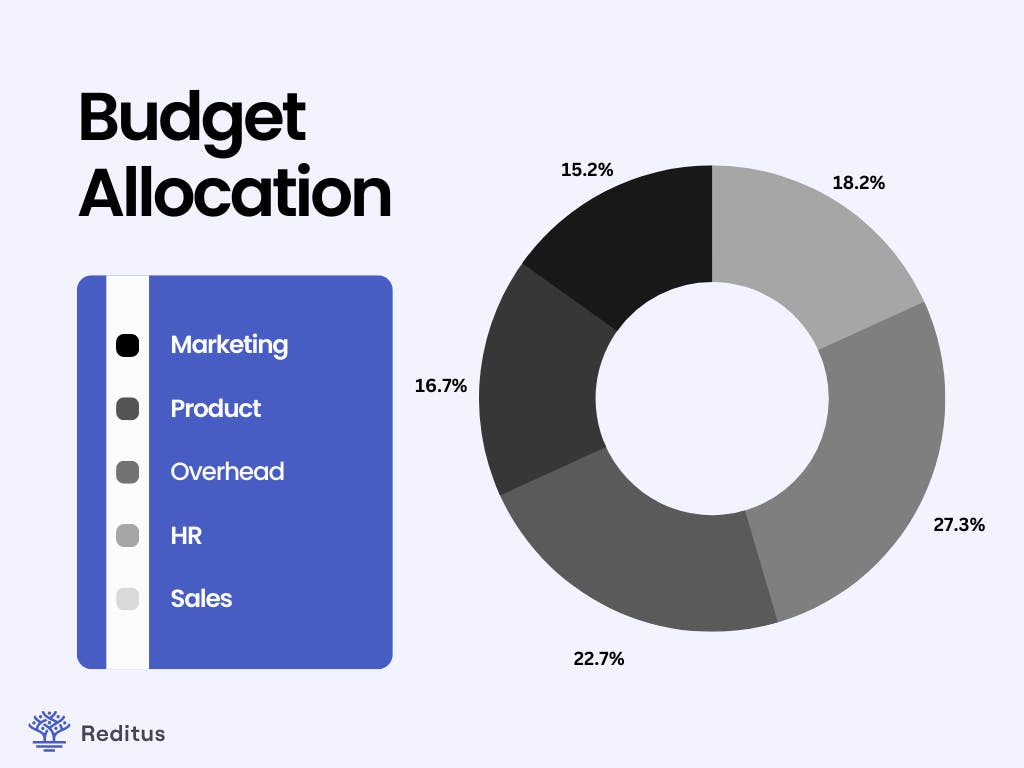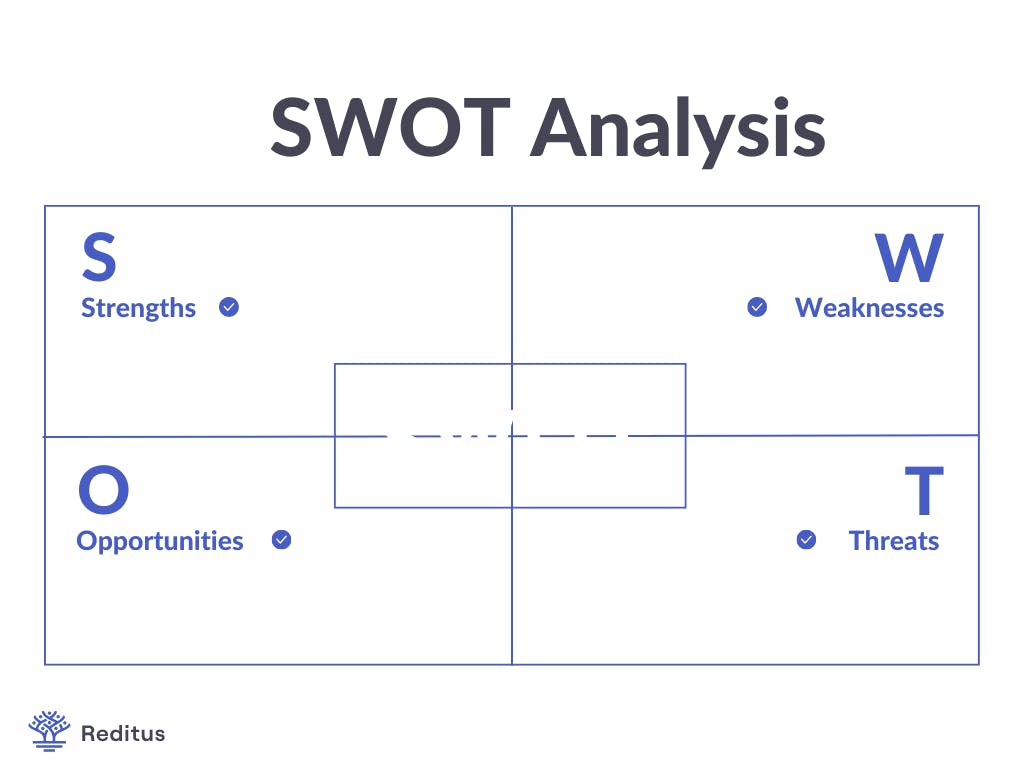SaaS Planning: How To Plan Your Next Year for Perfection

As a SaaS founder, planning for the next year is essential for success.
By setting goals and creating a timeline, you can map your business strategy and ensure everything is on track.
But it's not just about mapping out your plans; you also need to budget accordingly and ensure that you have the resources to achieve your goals.
So, how do you go about planning for the next year?
Today, we'll provide you with a step-by-step guide on planning your next year for perfection.
From setting goals to creating a timeline and outlining your budget, we'll show you how to plan your business strategy for the year ahead effectively.
Table of contents
Why Planning Is Essential for Any SaaS Founder
If your Saas is a ship, then planning is the map that tells you where you're going.
It's essential for plotting out your course and ensuring that you have the resources to reach your destination. With a plan, you will avoid getting lost at sea or running into unexpected obstacles.
Creating a plan helps you to:
- Set goals and objectives for the year ahead
- Determine what resources you need to achieve your goals
- Create a timeline for implementing your plans
- Outline your budget for the year
- Keep track of your progress and make adjustments as needed
While it may seem like a lot of work to create a plan, it will save you time and money in the long run. By mapping out your projects, you can avoid making costly mistakes and ensure that your SaaS brand is on track for success.
What are the benefits of planning ahead?
There are many benefits to planning, including:
- Preparing for unexpected challenges. When you plan for the worst, you will be prepared for anything that comes your way. If something goes wrong, you'll know how to handle it and will be less likely to make costly mistakes.
- Avoiding burnout. If you try to do too much at once, you'll quickly become overwhelmed and may start to resent your business. By planning, you can avoid burnout by pacing yourself and spreading your workload.
- Staying organized. Everything is more organized and streamlined when you have a plan. You'll know what needs to be done and when saving you time and energy in the long run.
- Saving money. By planning, you can avoid making costly mistakes that could set you back financially. You'll also be able to budget more effectively.
What Are the Essential Elements of a Yearly SaaS Plan?
There are nine essential elements of a yearly SaaS plan:
- Setting goals and objectives
- Breaking down your goals into a timeline
- Allocating resources
- Outlining your budget
- Identifying risks and opportunities.
- Designing a review process
- Assigning roles and responsibilities
- Creating a communication plan
- Implementing the plan
Let's take a closer look at each of these elements:
1. Setting goals and objectives
The first step in creating your yearly plan is to set goals and objectives for the year ahead.
- What do you want to achieve in the next 12 months?
- What are your long-term goals for your business?
Don't settle for vague goals like "increasing sales" or "growing the business."
Be specific about what you want to achieve and set measurable goals that you can track over time.
For example, a goal might be to "increase sales by 20% in the next 12 months."
OKRs are a great way to set goals and track progress.
OKR stands for "Objectives and Key Result," a popular goal-setting system used by companies like Google, LinkedIn, and Twitter.
The basic idea behind OKRs is to set specific, measurable, and achievable goals (the objectives) and then track your progress with key results.
For example, let's say your goal is to increase sales by 20% in the next 12 months. Your key results might be to double your website traffic, increase conversion rates by 10%, and acquire 100 new customers.
By tracking these key results, you can see whether you're on track to reach your goal.
2. Breaking down your goals into a timeline
Once you've set your goals, it's time to break them down into a timeline. What needs to be done and when?
Creating a timeline helps you stay on track and ensure that you progress toward your goals. It also allows you to identify any potential roadblocks along the way and plan for them accordingly.

For instance, if you're planning to launch a new product, you'll need to consider the time it will take to develop the product, test it, and get it ready for launch.
Besides, a timeline also helps you to track your progress and see how far you've come.
You can use project management platforms like Asana or Trello to create a timeline for your yearly plan. A simple spreadsheet will also do the trick if you don't have the budget for a PM tool.
3. Allocating resources
Once you've set your goals and created a timeline, it's time to start allocating resources. What do you need to get the job done?
This includes things like money, people, and time.
For example, if you're planning to launch a new product, you'll need to allocate resources for digital marketing, product development, and customer support.
Think about what you need and ensure you have the resources to make it happen.
Resource allocation is one of the critical success factors of any project. Ensuring that you have the right resources in place can increase your chances of success.
4. Outlining your budget
The next step is to outline your budget for the year ahead. How much money do you need to achieve your goals?
Be realistic about your costs and ensure you have enough money to cover all your expenses. This includes might include:
- Marketing and advertising expenses
- Product development costs
- Salary and benefits for your team
- Office space and equipment
- Travel expenses
And any other costs associated with running your business.

Think about what you need and ensure you have a realistic budget to make it happen.
5. Identifying risks and opportunities
When planning for the year ahead, it's also essential to identify any risks and opportunities that might impact your business.
For example, what if a new competitor enters the market? What if there's a recession? What if you lose a major client?
By identifying risks and opportunities, you can be prepared for anything that might happen. And if you do encounter a problem, you'll be in a better position to deal with it.
How can you identify risks and opportunities?
There are a few different ways:
- SWOT analysis: This is a popular technique that looks at the Strengths, Weaknesses, Opportunities, and Threats facing your business.
- PEST analysis: This is another technique that looks at the Political, Economic, Social, and Technological factors that might impact your business.
- Risk management: This is a process of identifying, assessing, and managing risks.

Whatever method you choose, it's essential to regularly review your risks and opportunities and update your plans accordingly. Otherwise, you might find yourself blindsided by a problem you could have easily avoided.
6. Designing a review process
A review process is essential to ensure that your plan remains relevant and up-to-date. With a regular review, your plan will quickly become updated and accurate.
There are a few different ways to approach the review process:
- Set a schedule: This could be quarterly, semi-annually, or annually.
- Trigger events: These will cause you to review your plan, such as a change in your industry, your business model, or hitting (or missing) a significant milestone.
- Continuous improvement: This is a philosophy of continuously making small changes and improvements to your plan rather than waiting for a scheduled review.
The review process should be tailored to your business, and you should choose the approach that makes the most sense for you.
7. Assigning roles and responsibilities
Once you have your plan in place, assigning roles and responsibilities for each step is essential. This will ensure that everyone knows what they need to do and when they need to do it.
Many businesses appoint a project manager to oversee the plan's implementation. However, depending on the size and complexity of your plan, this might be optional.
At the very least, you should ensure that everyone involved in the implementation of the plan knows their role and what is expected of them.
8. Creating a communication plan
A communication plan is essential to ensure that everyone involved in implementing the plan is kept up-to-date.
There are a few different elements to a communication plan:
- Who needs to be kept informed?
- What information needs to be communicated?
- When should this information be communicated?
- How will the information be communicated (e.g., face-to-face, email, phone)?
It is vital to ensure that the communication plan is realistic and achievable. You should also review it regularly to ensure that it is still fit for purpose.
9. Implementing the plan
Once you have designed and reviewed your plan, it's time to implement it. This is where the rubber hits the road, and your hard work starts to pay off.
There are a few things to keep in mind when implementing your plan:
- Set realistic deadlines: Don't try to do everything at once. Break down your plan into manageable steps, and assign deadlines to each step.
- Communicate, communicate, communicate: Make sure that everyone involved in implementing the plan is up-to-date. Use your communication plan to ensure that everyone knows what is happening and when it is happening.
- Be flexible: Things will change as you implement your plan. Be prepared to adapt and make changes to your plan as necessary.
- Celebrate successes: Take the time to celebrate your accomplishments, no matter how small. This will help to keep everyone motivated and focused.
Ultimately, the implementation of your plan is what will make or break your business. So, it's essential to take the time to do it right.
Conclusion
Planning is essential to the success of any project, but it is crucial for SaaS founders.
A well-designed plan will help you map your business strategy, set goals, and track your progress. It will also help you to avoid costly mistakes and keep your business on track.
So, what are you waiting for?
Get started on your perfect plan today!

